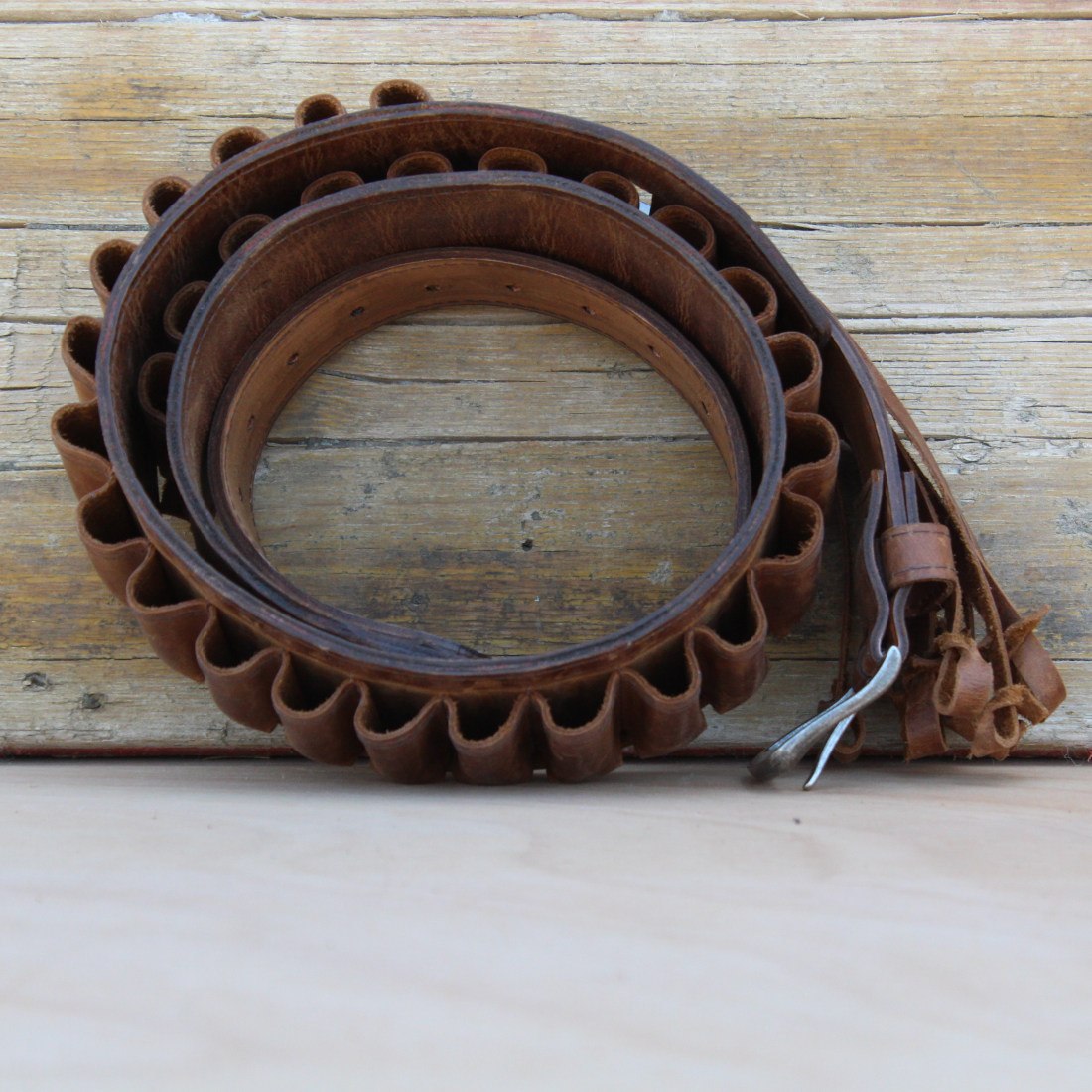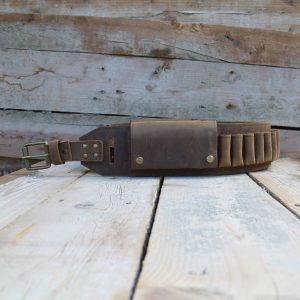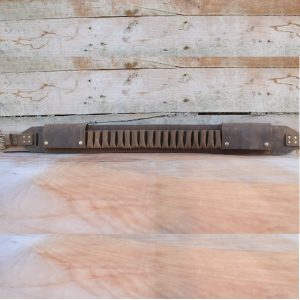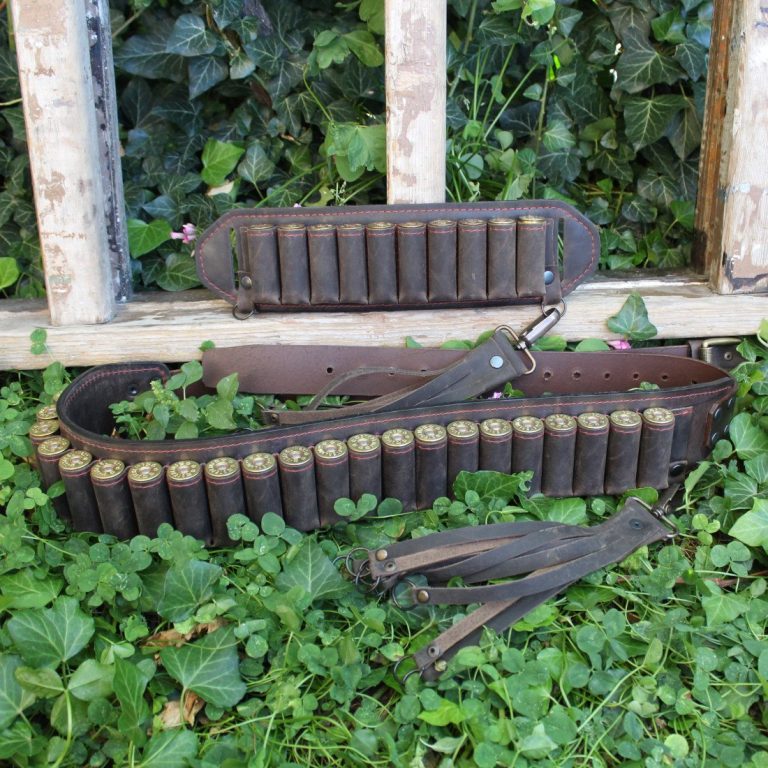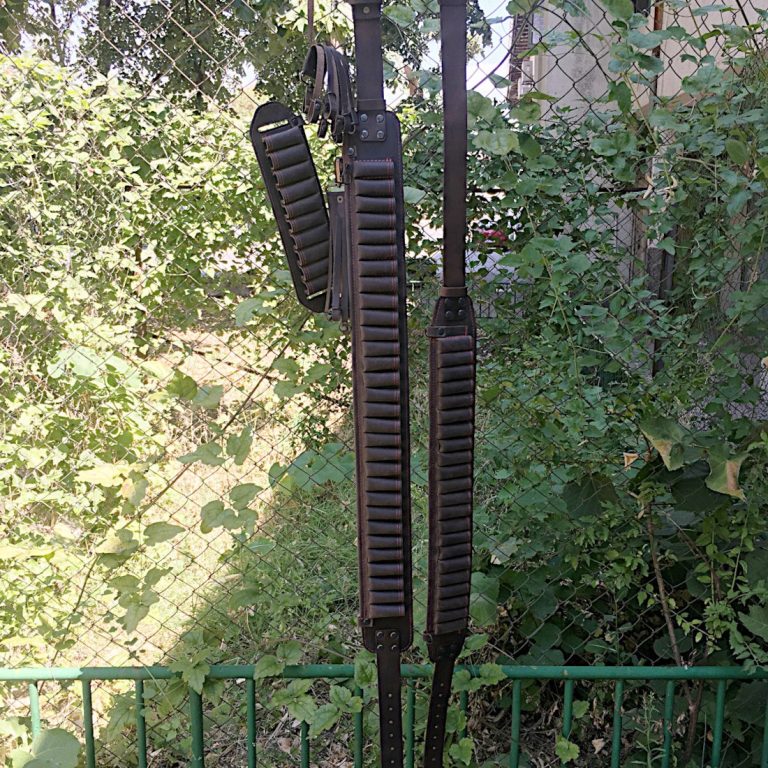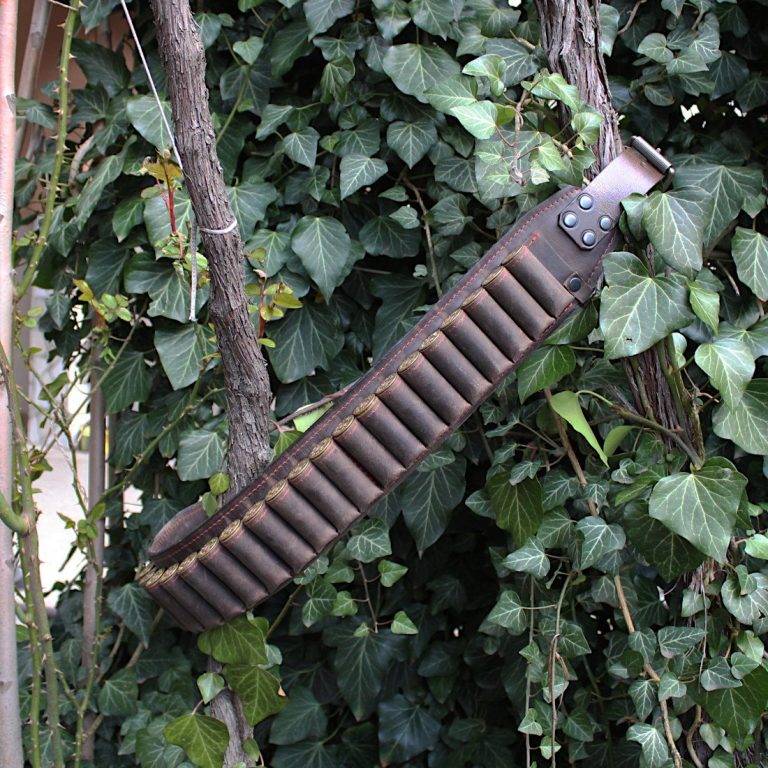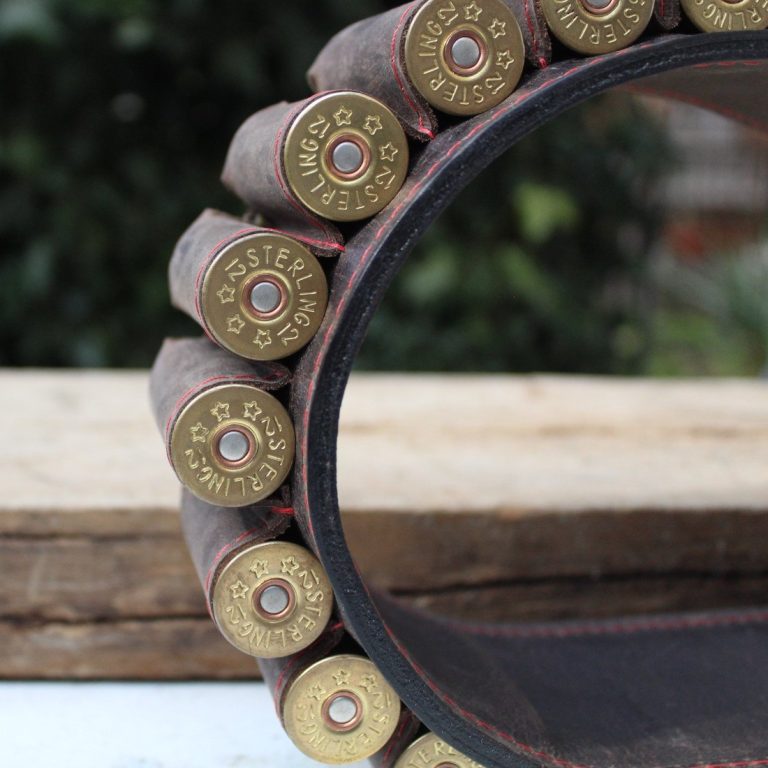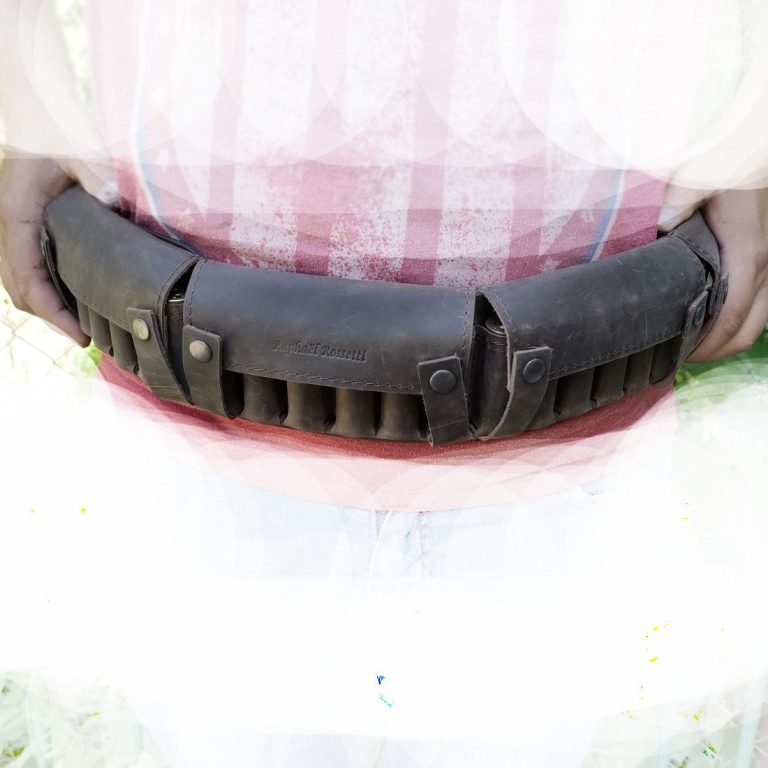The cartridge belt is one of the most recognizable pieces of hunting gear today, but its story begins far from the fields and marshes where hunters now wear it. From military origins to modern craftsmanship, the cartridge belt has evolved into an essential tool that blends history, function, and tradition.
1. Military Beginnings: Function Under Fire
The earliest cartridge belts were born out of necessity on the battlefield. Soldiers in the late 19th century needed a way to carry ammunition securely and access it quickly during combat.
► Early belts were made from canvas or heavy leather, with sewn-in loops to hold cartridges.
► They offered mobility and efficiency, replacing bulky pouches and bags.
► Armies worldwide adopted them, proving their practicality under the harshest conditions.
These belts were designed for survival, and their simple, reliable design laid the groundwork for the hunting gear we know today.
2. Hunters Take Notice
After their widespread use in the military, sportsmen and hunters recognized the value of cartridge belts in the field. They provided:
► Hands-free carrying, keeping shells organized and accessible.
► Balanced weight distribution, ideal for long treks through woods and marshes.
► Durability, standing up to outdoor conditions much like in combat.
By the early 20th century, cartridge belts had become a staple among hunters who needed both function and reliability.
3. Materials Evolve, but Purpose Remains
While the purpose of cartridge belts has remained consistent, the materials and craftsmanship have evolved.
► Canvas and mass-produced nylon belts became popular for affordability, but they lacked longevity.
► Full-grain and Crazy Horse leather belts emerged as the premium choice, offering unmatched durability and a style that only improves with age.
► Today’s belts are often custom-fit for gauges (12GA, 16GA, 20GA), something early designs lacked.
This evolution reflects hunters’ growing desire for gear that isn’t just functional but also personal and enduring.
Over time, cartridge belts became more than a hunting accessory — they became a symbol of identity and tradition. Many hunters pass down their belts, turning them into family heirlooms that carry stories of generations in the field. Modern hunters value them not only for convenience but also as a piece of heritage, connecting the past with the present. Today, the best cartridge belts combine classic design with modern craftsmanship. A handmade Crazy Horse leather cartridge belt offers: ► Weather resistance for hunting in rain, mud, or cold. In many ways, the modern belt hasn’t strayed far from its military roots — it’s still about accessibility, reliability, and strength — but now it carries a sense of tradition and style. From the battlefields of the 19th century to the duck blinds and forests of today, cartridge belts have proven their worth time and again. What started as military gear has become an essential part of hunting culture, blending practical function with personal identity. 1800s – Military Origins Early 1900s – Hunters Adopt the Design Mid 1900s – Mass Production Today – Handmade Leather Belts After returning home from his service, Thomas hung up his rifle but kept one piece of gear close — his worn cartridge belt. Years later, when he took his sons hunting for the first time, he strapped that same belt around his waist. What was once designed for survival on the battlefield had become part of family tradition in the fields. The belt, weathered but strong, now carried shells for pheasant instead of war. That moment marked a shift — from soldier to sportsman, from necessity to heritage. The cartridge belt wasn’t just gear anymore. It was a story, passed down through generations. 👉 If you’re looking for a cartridge belt that carries both history and craftsmanship, a handmade Crazy Horse leather belt is more than just gear — it’s part of a legacy.5. The Modern Handmade Cartridge Belt
► Custom loop sizing for specific gauges.
► Engraving options for personalization.
► Durability that outlasts mass-produced alternatives.Final Thoughts
📜 Timeline: The Evolution of Cartridge Belts
• Soldiers needed efficient ways to carry and access ammunition.
• Heavy leather and canvas belts with sewn loops were introduced.
• Sportsmen recognized their practicality in the field.
• Cartridge belts became popular for upland and waterfowl hunting.
• Canvas and nylon belts offered affordability.
• Functionality remained, but durability and tradition were lost.
• Full-grain & Crazy Horse leather for durability and style.
• Custom gauges (12GA, 16GA, 20GA) and engraving options.
• A blend of heritage, craftsmanship, and modern hunting needs.🪶 Story from the Past: From Soldier to Sportsman

